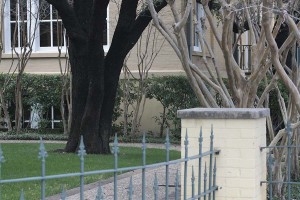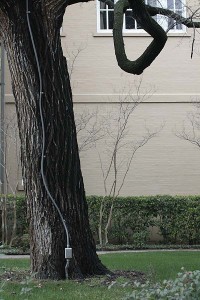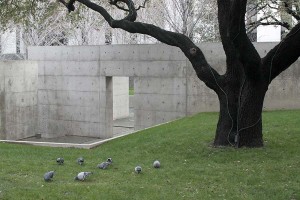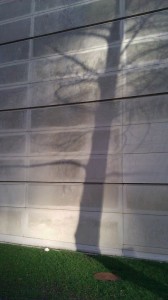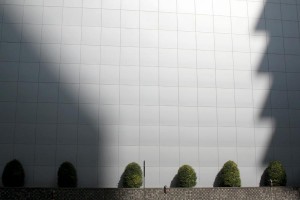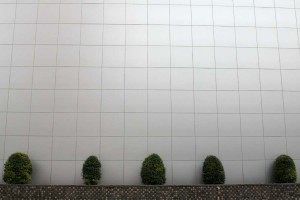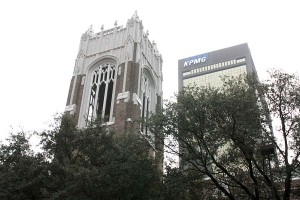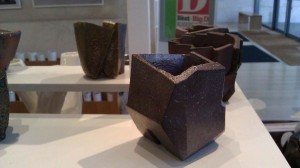We interrupt this brief series of looks at Dallas for a quick glance around my garden back home in San Diego. Actually I’ve been home from Texas for a while now, but I wanted to make a little better sense of the two hundred or so photos on my various devices before I posted the final selections. Until then, and until I can apply order the rest of the universe, here’s a light smattering of what’s going on.
March and April can be eyebrow-deep in flowers. But the winter rains that give a big boost to the plants haven’t arrived this year. Take these tiny chia plants (Salvia columbariae) as examples. This is some of this year’s seed-grown crop, nothing taller than two or three inches. The previous years they were closer to two to three feet tall–and stunning. Little water, big difference.
Out front, where many of the natives live, maybe 95% of the irrigation is natural rainfall. The plants would look better with supplemental water, so I sometimes wonder if I’m doing a bad PR job about natives if the garden sometimes looks a little straggly. I’m not sure whether it’s tough love on my part or just having gotten used to not needing to water. In the end the plants do seem to to pull along, and maybe that’s the more important message about the natives: They don’t always look great (how many of us do?) but they can survive without taxing the local water resources.
For the most part the following are plants, California natives and from farther afield, that came into bloom recently. A lot of the old dependables are still blooming away, oblivious to the season…

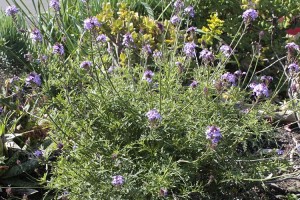




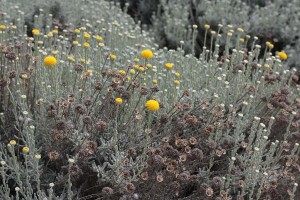






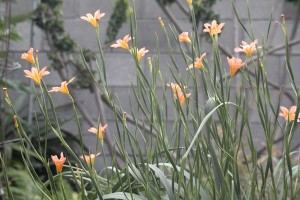
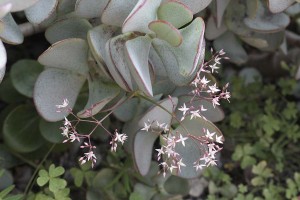


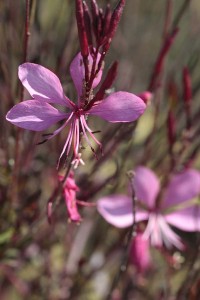











Thanks again to Carol at May Dreams Gardens for hosting this great way for garden bloggers to find each other. It’s also a fine way to see what’s in bloom around the world. Check out all the gardens [ here ].






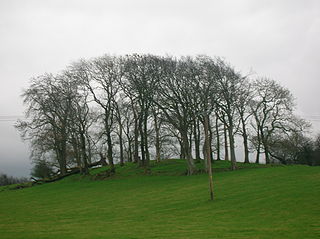

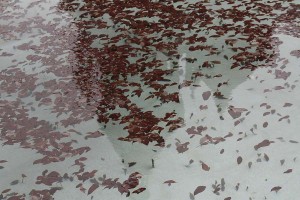



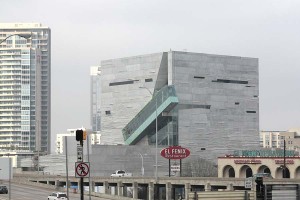
 (Photo by Magnus Manske, from the
(Photo by Magnus Manske, from the 